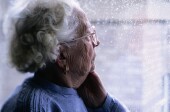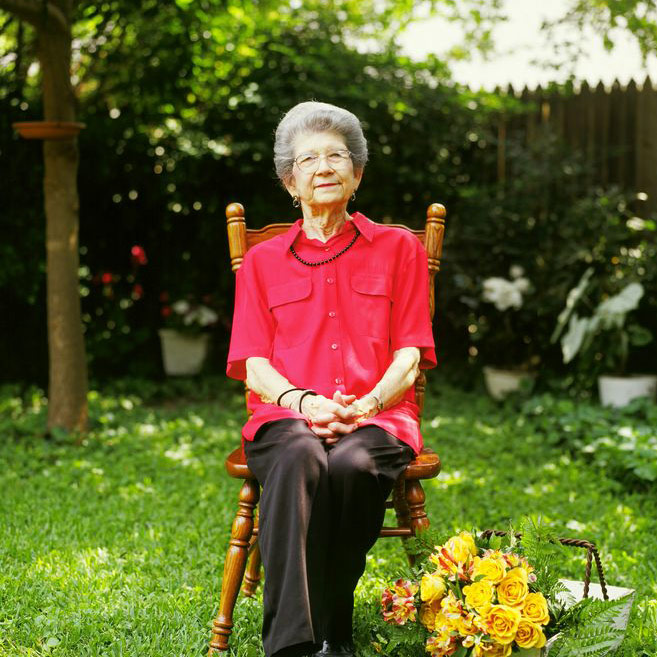
TUESDAY, Jan. 18 (HealthDay News) — Seniors who want to remain in their homes despite illness and infirmity can get a high-tech assist these days.
So can their children who might worry about an elderly parent living alone, often far from family members.
The 1980s-era medical alert pendants made famous by their television advertising (“I’ve fallen, and I can’t get up!”) are now among a wide array of devices that can help keep an eye on aging parents and get them help when they need it.
Available technologies include:
- Sensors in the home to track an older person’s movement, from the front door to the medicine cabinet to the refrigerator to the stove. The sensors are linked with computers that can issue alerts when people deviate from their routine.
- Global positioning system devices, using the GPS technology that’s become so common in cars, that can help locate someone with dementia who’s wandered from home.
- Computerized pillboxes that track whether medication is being taken on time.
“The notion behind these technologies is that people stay in their homes with some peace of mind on both their and their families’ part,” said Elinor Ginzler, AARP’s senior vice president for livable communities. “In many cases, sensors are actually placed in various places throughout the older person’s home. They are continuously tracking data. More or less all of them are looking for changes in that typical pattern and can note that change and alert responsible parties.”
Ginzler gave the example of a “sensor checking to see if the front door is opened to pick up the newspaper every day by a certain time, because that’s what Dad does.” If he usually gets the paper by 7:30 a.m. and it’s now 8:30 a.m., an alert might be sent to his son or daughter letting them know about the deviation in his schedule. They then have the option of calling to check in on him.
It might seem that older parents would reject the loss of privacy that can come with so much electronic eavesdropping, but that’s an incorrect assumption, Ginzler said.
Nearly nine in 10 seniors in an AARP survey said they would be willing to give up some privacy if it allowed them to remain in their own homes longer. When asked about specific home safety technologies, seniors often said they would be willing to use them even if they weren’t previously aware of the devices.
“Resoundingly, people said, ‘Yeah, I’ll learn new things,'” Ginzler said. “There’s a resounding motivation for learning new things when your independence is on the line.”
Though such devices aren’t in wide use yet, a significant number of people seem to be taking advantage of them.
Harry Wang, director of health and mobile product research for Parks Associates, a Dallas-based market research firm that tracks digital technology trends, said that with “the senior safety tracking and monitoring that helps seniors remain in the home longer, we’ve seen a little bit better traction over the last several years.”
About one in 10 caregivers of senior citizens use tracking sensors that can remotely detect a potential safety hazard in the home, according to an AARP survey of caregivers. About 16 percent of caregivers said they had used some type of emergency response system.
Parks Associates has projected that by 2012 more than 3.4 million senior citizens in the United States will be using networked sensor applications to monitor their movements and improve their health.
“There are more and more products out there, more and more technologies available,” Wang said. “It’s an emerging field. I don’t think we’re done with all those brilliant ideas yet.”
However, Wang and Ginzler cited three things that must happen for such technologies to succeed:
- The design must be simple, elegant and enticing so that seniors can easily learn how to use the device — and perhaps even enjoy it. “You have to make sure the solutions are well-designed, in the sense that it’s exciting,” Wang said. “It’s not reminding seniors that they are old and fragile in the home, but reminding them that they are still young and able to enjoy life and remain in the home.”
- The devices must come down in price. “The No. 1 barrier is the cost of the system,” Wang said. “They must be affordable to seniors.”
- Companies and families must market the devices properly. “A lot of this has to do with the way the technology is presented, and the family conversation about this,” Ginzler said. “The message needs to be, ‘We want to make sure you can stay in your house and be independent the way you want to be, and we can respond if you get in trouble.’ When that family conversation goes well, it results in peace of mind both for that person and their family members.”
More information
The U.S. Centers for Disease Control and Prevention has more about healthy aging for older adults.

